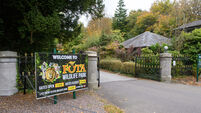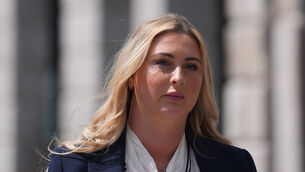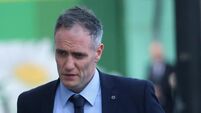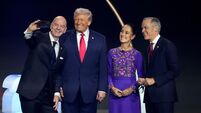Can the left unite as Independents grow in influence?

ONCE the smoke has cleared on the local election results, it will be time for the new wave of Independents and small parties to draw up an agenda for exercising power.
As most of them are on the left of the political spectrum, the first item on the agenda is likely to be the split.













